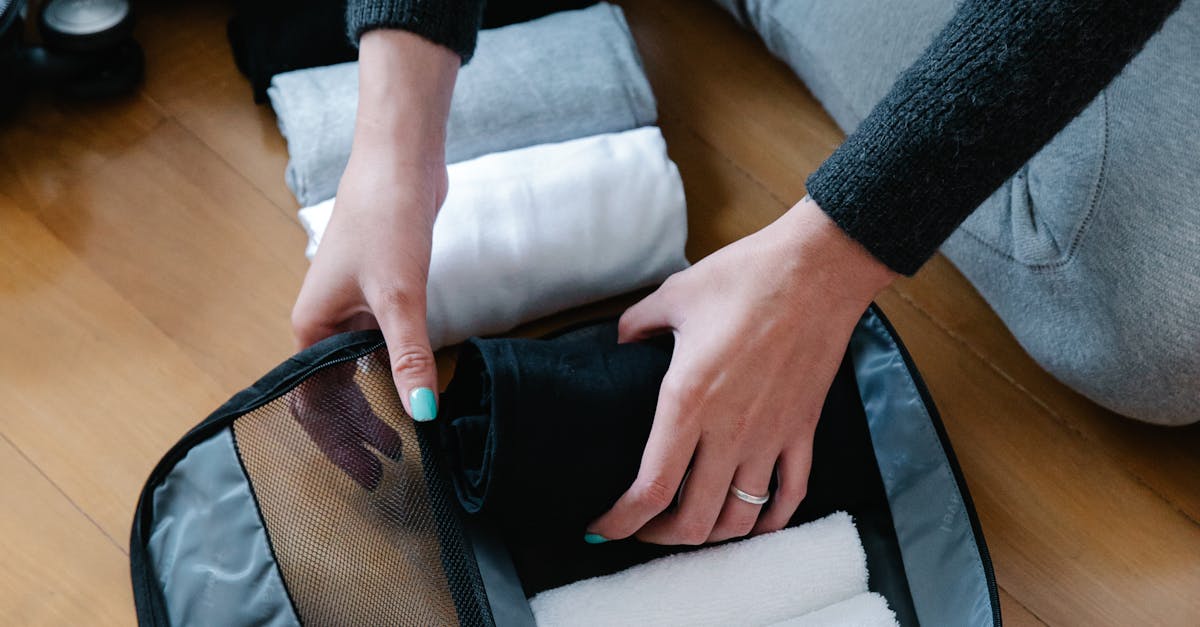
Care Tips For A Travel Palm Plant At Home
- October 01, 2024
- 6 min Read
- Views 634
Care Tips for a Travel Palm Plant at Home
Adding a touch of tropical elegance to your living space can be as simple as incorporating a travel palm plant into your home décor. Known for their striking fronds and verdant beauty, travel palm plants can transform any room into a serene, nature-inspired retreat. However, nurturing these tropical beauties requires specific care and attention. This guide will provide comprehensive care tips for a travel palm plant at home, ensuring that your plant thrives and continues to enhance your indoor environment for years to come.
Understanding Travel Palm Plants
The travel palm plant, also known as the ravenala madagascariensis or traveler’s palm, is native to Madagascar. Despite its name, it is not actually a palm but belongs to the Strelitziaceae family, closely related to the bird of paradise plant. Its large, fan-like leaves can reach impressive heights, making it a popular choice for both indoor and outdoor gardens. Understanding the origins and growth habits of your travel palm is crucial for providing the appropriate care.
Optimal Growing Conditions
Providing the proper growing conditions is essential for the health and vitality of your travel palm plant. Here are essential factors to consider:
Light Requirements
Travel palm plants thrive in bright, indirect sunlight. Place your plant near a window where it can receive plenty of light but avoid direct sun exposure, which can scorch the leaves. If natural light is insufficient, consider using a grow light to supplement.
Temperature and Humidity
These tropical plants prefer warm temperatures ranging from 65°F to 85°F. They can tolerate occasional dips in temperature but should be kept away from cold drafts and sudden temperature changes. High humidity levels are beneficial, so consider using a humidifier or placing your plant in a naturally humid area like a bathroom.
Soil Conditions
Well-draining soil mixes are ideal for travel palm plants. A combination of peat moss, perlite, and sand can provide the aeration and drainage necessary to prevent root rot. Regularly check the soil’s pH level, ensuring it stays within the neutral to slightly acidic range (pH 6-7).
Watering and Feeding
Proper watering and feeding practices are vital to the health of your travel palm plant. Here’s a breakdown of what you need to know:
Watering Schedule
Keep the soil of your travel palm plant consistently moist but not waterlogged. Overwatering can lead to root rot, while underwatering can cause the leaves to wilt. Water the plant thoroughly when the top inch of soil feels dry, ensuring excess water can drain away freely.
Feeding and Fertilization
During the growing season (spring and summer), feed your travel palm plant with a balanced, water-soluble fertilizer every month. Reduce feeding frequency in the fall and winter when the plant's growth slows down. Avoid over-fertilization, which can lead to nutrient burn and damage the roots.
Pruning and Maintenance
Regular maintenance helps keep your travel palm plant healthy and looking its best. Here are some tips on pruning and general upkeep:
Pruning Techniques
Remove any yellowing or damaged leaves by cutting them close to the base of the plant. This promotes new growth and helps prevent the spread of diseases. Use clean, sharp pruning shears to make clean cuts, reducing the risk of infection.
Cleaning the Leaves
Dust can accumulate on the large leaves of your travel palm, hindering their ability to photosynthesize. Gently wipe the leaves with a damp cloth to keep them clean and shiny. Avoid using commercial leaf shine products, as they can clog the leaf pores.
Propagating Travel Palm Plants
Propagating your travel palm plant allows you to grow new plants from the parent plant. Follow these steps for successful propagation:
Division Method
The most effective way to propagate a travel palm is by division. Carefully remove the parent plant from its pot and separate the root clumps. Ensure each division has several healthy roots and at least one stem. Repot the divisions in fresh soil and water them thoroughly.
Common Problems and Solutions
Despite your best efforts, your travel palm plant may encounter some issues. Here are solutions to common problems:
Pest Infestations
Pests like spider mites, scale, and mealybugs can affect travel palm plants. Regularly inspect your plant for signs of infestation and treat with insecticidal soap or neem oil if necessary.
Yellowing Leaves
Yellow leaves can indicate overwatering, underwatering, or nutrient deficiencies. Adjust your watering schedule and check the soil’s moisture level. Consider a soil test to determine if your plant needs additional nutrients.
Leaf Spot Disease
Leaf spot disease, caused by fungal infections, can create brown or black spots on the leaves. Remove affected leaves and improve air circulation around the plant. Fungicidal treatments may be necessary in severe cases.
Conclusion
Caring for a travel palm plant at home requires attention to detail, but the effort is well worth it. By providing the right environment, proper watering, and routine maintenance, your travel palm can thrive and bring a touch of the tropics to your living space. Follow these care tips for a travel palm plant at home to enjoy a healthy, vibrant plant that enhances your indoor garden.
Guide Steps
- Place your travel palm in bright, indirect sunlight.
- Maintain warm temperatures (65°F to 85°F) and high humidity.
- Use well-draining soil and ensure proper pH levels.
- Water thoroughly when the top inch of soil is dry.
- Feed monthly during the growing season with a balanced fertilizer.
- Prune damaged leaves and clean the leaves regularly.
- Propagate by division and address common problems promptly.
FAQ
How often should I water my travel palm plant?
Water your travel palm plant when the top inch of soil feels dry. Ensure the soil remains consistently moist but not waterlogged to prevent root rot.
Can I grow a travel palm plant indoors?
Yes, travel palm plants can be grown indoors if provided with bright, indirect sunlight, warm temperatures, and high humidity.
What should I do if my travel palm plant has yellow leaves?
Yellow leaves can result from overwatering, underwatering, or nutrient deficiencies. Check the soil moisture, adjust your watering schedule, and ensure your plant is getting the necessary nutrients.
Tags
#travelpalmplant #indoorplants #plantcare #gardeningtips #houseplants #tropicalplants #plantpropagation #plantmaintenance #gardening
References
For further reading, check out these helpful resources:
People Also View
-
1September 30, 2024
-
2September 30, 2024
-
3October 01, 2024
-
4September 30, 2024
-
5October 01, 2024
Categories
- Near Me 2147 Posts
- How To 548 Posts
- Where To 257 Posts
- Why 90 Posts
- How Much 97 Posts
- Travel 202 Posts
- Food And Drink 815 Posts
- Shopping 797 Posts
- Lifestyle 1050 Posts
- Automotive 364 Posts
- Digital Income 70 Posts







